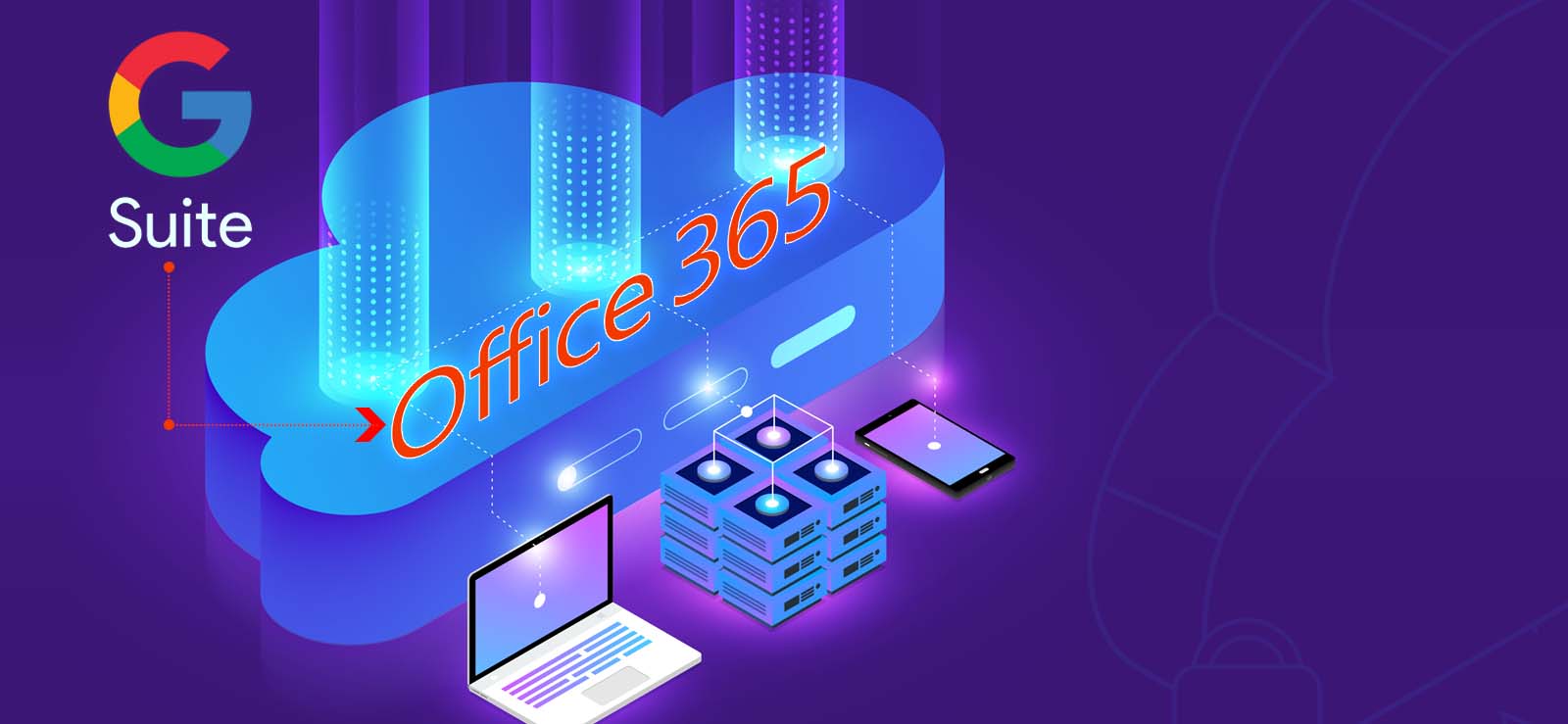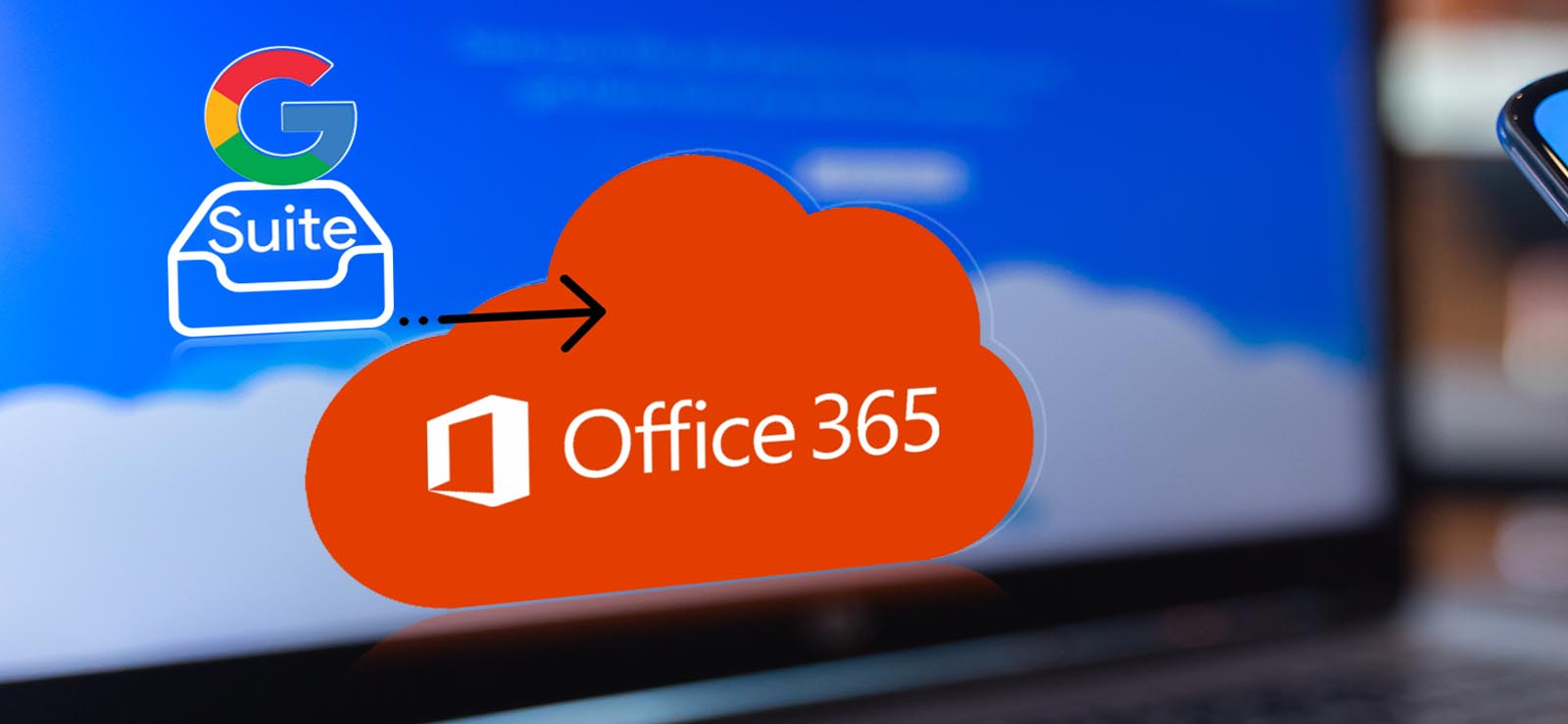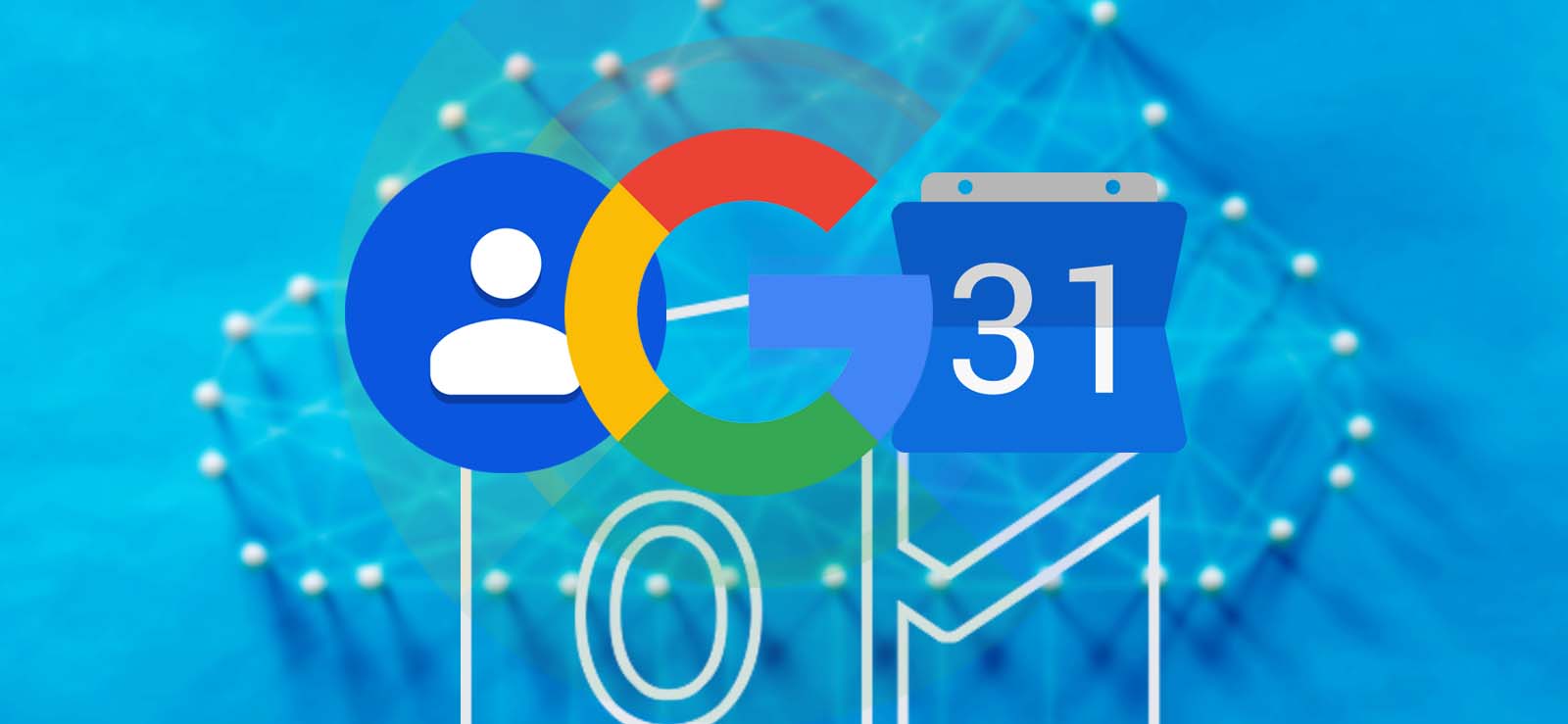Read time 7 minutes
The way businesses used to operate before has now taken a complete turn. Everything earlier was manual, and access to services, tools, and business applications was limited. With the speeding era of technology, many miraculous advancements surprised us all and eliminated the issue of accessibility to a great extent.
Cloud technology was introduced and has already taken over all the platforms in a short span of time due to its phenomenal improvements. It has changed the whole business industry and opened new possibilities, leading us to a better and benefitting direction. Cloud platforms are primarily used to store digital copies of files, and additionally, they process, use, re-generate, analyze, collect meta information, and much more.
Tech giants like Google & Microsoft quickly adopted the power of cloud computing and introduced G Suite & Office 365, respectively.
Are you confused between the two top-rated applications and unable to decide on the right email client for your business? Relax and take a deep breath. In this article, we’ll discuss everything and provide a G Suite vs Office 365 comparison chart to find which is best for individuals & businesses. All the features and advantages will be discussed to help you decide.
What are G Suite and Office 365?
G Suite and Office 365 are professional suites that enhance business productivity by providing applications and services for better employee communication and collaboration. They help you perform tasks and store everything in the cloud platform. With Office 365, you get a range of comprehensive desktop applications that can be simply installed and used on your computer without the internet connection requirement.
The need for G Suite and Office 365
The cloud holds various advantages that allow businesses to get ahead. G Suite & Microsoft’s Office 365 offers many benefits via online applications and services, and some of them include-
- Traditionally, multiple users were not able to work simultaneously on a document. But using these cloud applications allows numerous people to work on the same document/file in real-time.
- This also helps in monitoring the workflow, collaborating contribution, idea sharing, etc.
- The collaboration aspect of G Suite is easier than Microsoft’s Office 365, as Google web apps are aimed to be much easier to use and widely accessible on mobiles & desktops.
- Advantages like the ease and wider accessibility and the synergic nature of web applications justify the need for cloud platforms & services offered.
G Suite Vs. Office 365 price comparison-
Both companies offer their cloud services in subscription modes to make their services affordable, approachable, and requirement-oriented. This is a G Suite vs Office 365 comparison chart to understand the different subscription plans as per your needs-
|
Feature |
G Suite |
Microsoft Office 365 |
| Pricing |
|
|
| Storage Platforms |
|
|
| Content Management | Google Sites. | SharePoint. |
| Chats/Messaging | Google Hangouts. |
|
| Document Sharing |
|
|
| Tasks Management |
|
|
| Voice/Video Calls. | Google Hangouts Up to 500 participants. |
|
Price comparison of G Suite and Office 365 –
Well, regarding pricing Google’s G Suite and Microsoft’s Office 365 are vibrant. Both the companies offer their cloud services in subscription modes and to make their services affordable and approachable they’ve made different subscription plans as per the needs.
Google’s G Suite cloud service is available in three different subscription plans- Basic, Business & Business Plus and pricing for each subscription varies from lower to higher cost models- $6, $12, and $18, respectively.
Microsoft offerings are complicated a bit when compared with G Suite subscriptions. Google offers three simple subscription categories, but on the other hand, Office 365 subscriptions are far more categorized and more business oriented.
Business Essentials, Business, Business Premium, Enterprise E1, Enterprise ProPlus, Enterprise E3, and Enterprise E5 are different plans from which you can choose the relevant one.
Actual costs of both G Suite & Office 365 subscriptions vary from plan to plan. Also, if you feel the need of Office 365 mailbox backup plan you can opt for one.
Google’s G Suite and Microsoft’s Office 365 cloud platforms both offer great cloud services. On one side, G Suite offers the standard three subscription plan categories for cost per plan/subscription; on the other hand, Microsoft’s Office 365 suite shows a complex nature in pricing. Therefore, to decide which cloud platform would be pocket-friendly, a list of applications and service requirements would help specify the subscription’s cost nature, whether it will be aggressive or vice-versa. Alternatively, choosing a pre-configured subscription/plan would be most pocket-friendly.
G Suite Vs Office 365 Feature Comparison-
You can run your business flawlessly by using both office suites, which offer many features. Let’s dig deep to know all the features the two offer.
On both platforms, users can use their own organization’s domain name in their email addresses. Email communication is carried by Gmail and Outlook in G Suite and Office 365.
- Gmail for Business by G Suite:
Gmail is a web-based email client which is easy to operate. You can register for a new domain name or use the existing one to create an email account. G Suite allows you to create up to 30 email aliases for each user within a domain. These are all different platforms; accessing them together can be time-consuming.
On the other hand, if you prefer a desktop email client, you can use popular ones such as Thunderbird or MS Outlook.
- The Outlook for Business by Office 365
With Office 365, you can create professional email addresses with the desired domain name. Office 365 offers up to 400 email aliases for every user within a domain. Managing multiple emails at once turns into a cakewalk due to Outlook’s efficient organizational features.
You can opt for any mailing application version by Office 365 from the fully functional web version or a desktop application.
The most useful and quick feature of both G Suite and Office 365 is their cloud file storage. You can save all your data on the cloud, making them accessible from anywhere & any device at any time. You can also share files easily with cloud storage.
G Suite and Office 365 both provide cloud file storage and sharing features with ease.
Applications in G Suite
G Suite is incorporated with all the popular Google applications such as:
- Gmail
- Google Docs, Sheets and Slides
- Google Calendar
- Keep
- Hangouts
- Photos.
Applications in Office 365
Office 365 provides access to Microsoft Office applications like:
- Word
- Excel
- PowerPoint
- Outlook
- OneNote
- OneDrive for Business
- Access
The Google applications are web-based, while Microsoft 365 can be used in desktop and web versions. Also, these applications are available for desktop computers. All the applications are designed with the most feature-rich and innovative ideas for office application suite in the market.
Both platforms offer many amazing tools that lead to highly communicative and collaborative organizations and their teams. They offer similar features, including screen sharing, file sharing, background changes, recording meetings, search functions, in-transit encryption, etc.
G Suite users conduct their communication through Google Meet, allowing up to 500 participants in voice and video conferences. In addition, Gmail and Google Calendar also help schedule these meetings and events. It has a simple layout which makes the whole meeting experience easier for users.
Office 365 extensively uses Microsoft Team for all its communication. It allows video calls and chats for up to 300 participants. It also has certain advanced features to make the experience unique for members.
Both the cloud services offer relevant web applications with a slight difference and personalization in software design and features. You would be familiar with both of their software products for PC.
Both the cloud services offer web applications for the user’s every requirement like Docs, Sheets, Slides, Email, Keep/One Note Online, SharePoint/Google Sites, Video Calls, and Microsoft Teams/Google Keep.
Final Words
The above article presents a G Suite vs Office 365 comparison chart and digs deeper into its pricing and features. Since business data migration should be safe and quick, it is recommended to use professional software to migrate mailboxes from G Suite to Office 365. In such case, we would like to recommend you to use Kernel G Suite to Office 365 migration software. It provides all the features and filters to migrate complete mailboxes in total control.
Please feel free to ask your queries anytime, our enthusiastic team would be happy to help.
A – When compared to Microsoft 365, some limitations of G Suite do get highlighted, and those are-
- The unfamiliar interface of tools
- Limited subscription plans
- Limited offline functionality
- No desktop productivity tools
- Gmail allows only 30 email aliases
A – The primary reason users prefer to use Microsoft 365 instead of Google Workspace is the availability of the desktop application in the former. In addition, Microsoft apps are more feature-rich, which most professionals desire.







